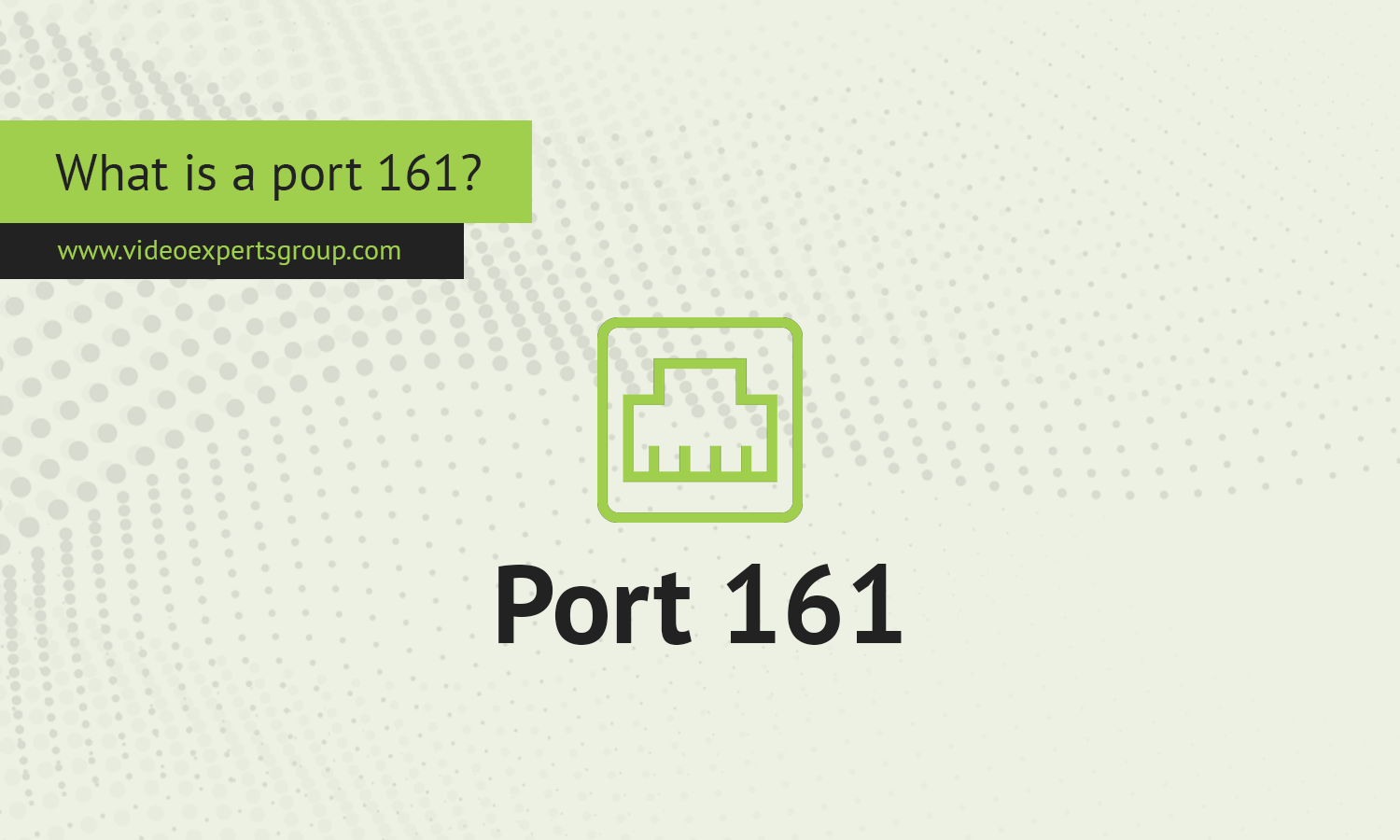Each port is assigned a specific number that identifies the type of service or protocol it supports. One such port, Port 161, is particularly important in network management and monitoring. This article delves into the meaning of Port 161, its uses, and potential vulnerabilities, providing a comprehensive understanding of its role in network environments.
Meaning
Port 161 is associated with the Simple Network Management Protocol (SNMP). SNMP is a widely used protocol that enables network administrators to manage and monitor devices on a network, such as routers, switches, servers, and printers. By using SNMP, administrators can gather data, monitor performance, and control network devices from a central location, making network management more efficient and effective.
What is Port 161 Used For?
Port 161 is primarily used for the following purposes:
-
Network Device Management: SNMP is designed to facilitate the management of network devices. When an SNMP manager wants to communicate with a network device (such as a router or switch), it sends queries to Port 161 on the device. These queries can retrieve information about the device's status, configuration, and performance, which is crucial for maintaining network health.
-
Monitoring Network Performance: Network administrators use SNMP through Port 161 to monitor various aspects of network performance. This includes tracking bandwidth usage, error rates, and uptime. By collecting this data, administrators can identify and address potential issues before they escalate into serious problems.
-
Remote Configuration and Control: SNMP also allows administrators to remotely configure and control network devices. For example, an administrator can use SNMP commands to change a device's settings, reboot it, or even update its firmware, all through Port 161. This remote management capability is essential for large networks where physically accessing each device would be impractical.
-
Automated Alerts and Notifications: SNMP can be configured to automatically send alerts and notifications to administrators when certain conditions are met, such as a device going offline or exceeding a specified threshold of usage. These alerts are typically sent via SNMP traps, which use a different port (Port 162) to communicate back to the SNMP manager.
Vulnerabilities
While Port 161 plays a critical role in network management, it is also a target for various security threats. Understanding these vulnerabilities is key to securing networks that rely on SNMP:
-
Unencrypted Communication: SNMP, particularly in its earlier versions (SNMPv1 and SNMPv2c), does not encrypt data sent between the SNMP manager and the network devices. This lack of encryption means that sensitive information, such as device configurations and network status, can be intercepted and read by attackers if they manage to access the network.
-
Default Community Strings: SNMP uses "community strings" as a form of authentication to control access to network devices. Many devices come with default community strings, such as "public" and "private," which are well-known and easily exploitable by attackers. If these defaults are not changed, an attacker can gain unauthorized access to network devices via Port 161.
-
Brute Force Attacks: Port 161 is susceptible to brute force attacks, where attackers attempt to guess the community strings or SNMP credentials. Once successful, they can gain control over network devices, potentially leading to data breaches, network disruption, or the introduction of malicious configurations.
-
Denial of Service (DoS) Attacks: Like many network services, SNMP on Port 161 can be targeted by DoS attacks. In such attacks, an attacker floods the SNMP service with an overwhelming number of requests, causing it to become unresponsive. This can disrupt network monitoring and management activities, leaving the network vulnerable to other forms of attack.
-
Misconfiguration Risks: SNMP's flexibility and power can also be a double-edged sword. If not configured correctly, SNMP can inadvertently expose sensitive information or provide too much control to unauthorized users. For example, allowing SNMP write access (which allows changes to be made to a device) on Port 161 without proper security measures can lead to severe consequences if exploited by an attacker.
Port 161 is a fundamental component of network management, enabling administrators to monitor, configure, and control network devices through the SNMP protocol. However, due to its critical role, it is also a potential target for various security threats. To protect networks that utilize Port 161, it is essential to implement strong security measures, such as using encrypted versions of SNMP (like SNMPv3), changing default community strings, and ensuring that only authorized users have access. By understanding the uses and vulnerabilities of Port 161, network administrators can better secure their infrastructure and maintain robust network operations.
















